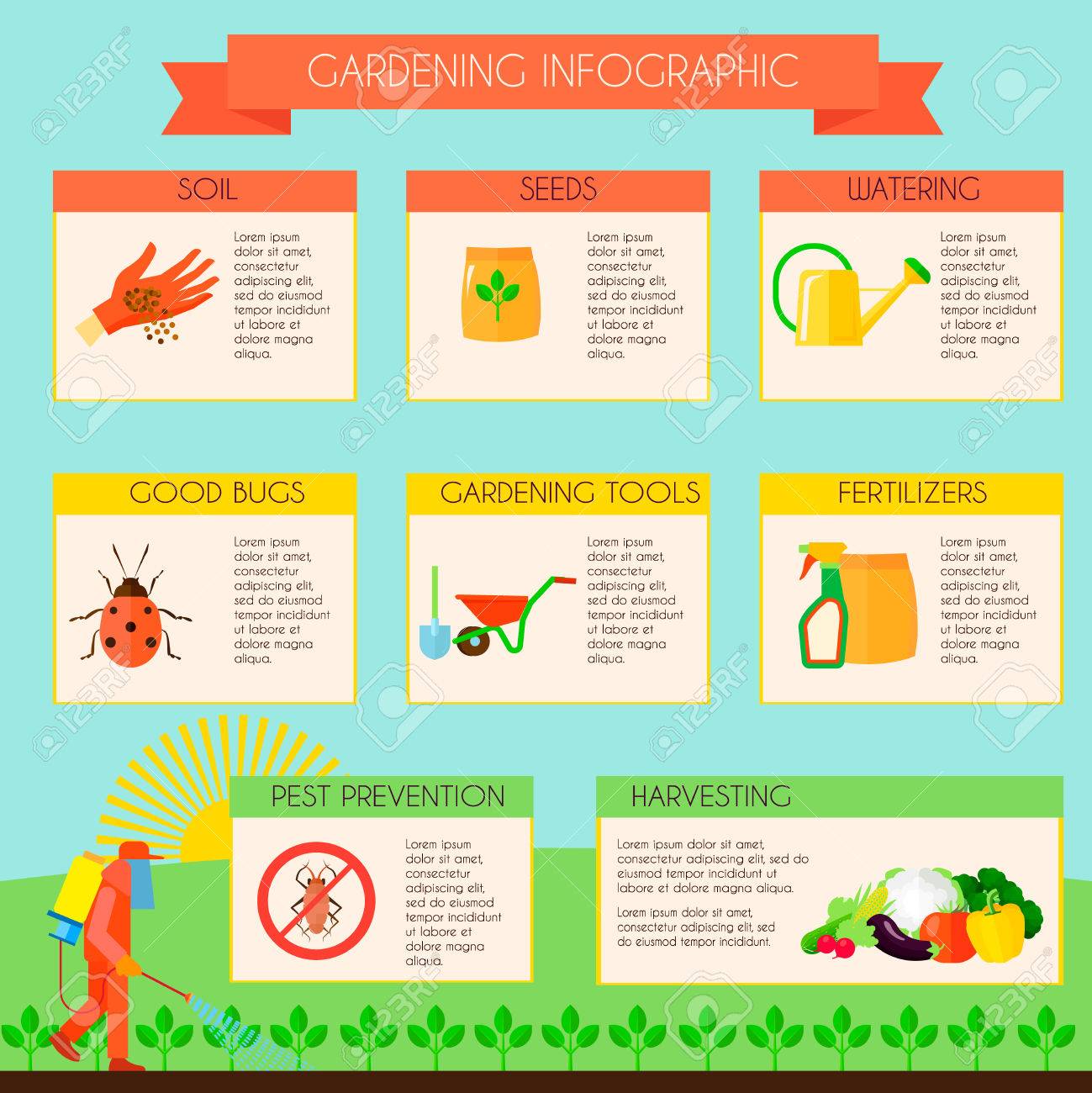Handling Rodent Infestations: Insights Right Into Rat Psychology
Handling Rodent Infestations: Insights Right Into Rat Psychology
Blog Article
Created By-TRUE Avery
When it concerns rodent control, recognizing typical rodent behavior is essential to successfully handling infestations. Did you know that rats have some fascinating nesting behaviors that might surprise you? By discovering their intricate behaviors, you can gain valuable understandings into just how to deal with rodent concerns in a more tactical and effective fashion. So, let's untangle the mysteries behind these animals' actions and find out exactly how to outmaneuver them in your rodent control efforts.
Rat Nesting Behaviors
When observing rats in their all-natural habitat, you'll notice that they proactively seek out products to construct their nests. Rodents, such as mice and rats, are resourceful animals that make use of a variety of items like branches, leaves, paper, and fabric to develop their homes. They're thorough in their nest-building procedure, typically lining their nests with softer materials like fur or feathers to develop a comfy setting.
Rats like to develop their nests in concealed and secure locations to protect themselves and their young from predators. Common nesting spots include wall surface dental caries, attics, basements, and even within insulation materials. By building their nests in these secluded areas, rodents can securely raise their offspring away from prospective dangers.
It is vital to understand the nesting habits of rats when carrying out control procedures. By disrupting their nests or removing products, you can dissuade rodents from developing an existence in your house or building. Proper cleanliness and sealing off entrance factors are also vital steps in protecting against rodent problems.
Rodent Feeding Patterns
After observing rats' nesting practices, it becomes noticeable that their feeding patterns play a crucial role in their day-to-days live and behaviors. Rats, including mice and rats, are opportunistic feeders, meaning they'll take in whatever food resource is readily offered. They're primarily nighttime animals, preferring to forage for food during the cover of evening to prevent killers.
home termite control have a diverse diet, ranging from grains, seeds, fruits, and vegetables to pests, nuts, and even tiny pets. This versatility in their food options permits them to thrive in various atmospheres, including urban locations where human food sources are bountiful.
Their feeding patterns aren't just driven by appetite yet also by the requirement to accumulate food for times of scarcity. This behavior is particularly noticeable to prepare for winter months or when nesting. Rodents are understood to hoard food in their nests or burrows, ensuring a consistent food supply. Recognizing https://docs.google.com/spreadsheets/d/1vyaVynYiVofYShEVoaIbmKKiI0yDBLt8GblnKwGm1Wg/edit#gid=947798814 feeding patterns is important in implementing reliable rodent control steps to interrupt their food resources and prevent problems.
Rat Movement and Travel
Rats browse their surroundings with agility and stealth, utilizing their keen senses to relocate quickly through their environments. These creatures are skilled mountain climbers, able to range walls and upright surfaces effortlessly. They can likewise press through surprisingly little openings, making it vital to seal any kind of possible entry points in your home.
When it involves taking a trip, rats often tend to comply with familiar courses, creating tracks along wall surfaces or skirting the sides of areas. They're creatures of habit, usually staying with these developed routes as they forage for food or explore their environments.
Rats are known for their nighttime routines, so you may hear them scurrying about during the night as they search for food and water. hornet nest removal near me and irregular, permitting them to dart in and out of sight in the blink of an eye.
Comprehending just how rats move and travel can help you determine potential problem areas in your home and take aggressive actions to stop these bugs from gaining a foothold.
Verdict
As you work to control rodents in your home, keep in mind that comprehending their habits is key. By acknowledging their nesting routines, feeding patterns, and movement, you can successfully prevent invasions.
Together, by taking proactive procedures to remove food sources and seal off entry points, you can disrupt their acquainted paths and require them to seek brand-new places, inevitably decreasing the probability of rodent visibility in your home.
